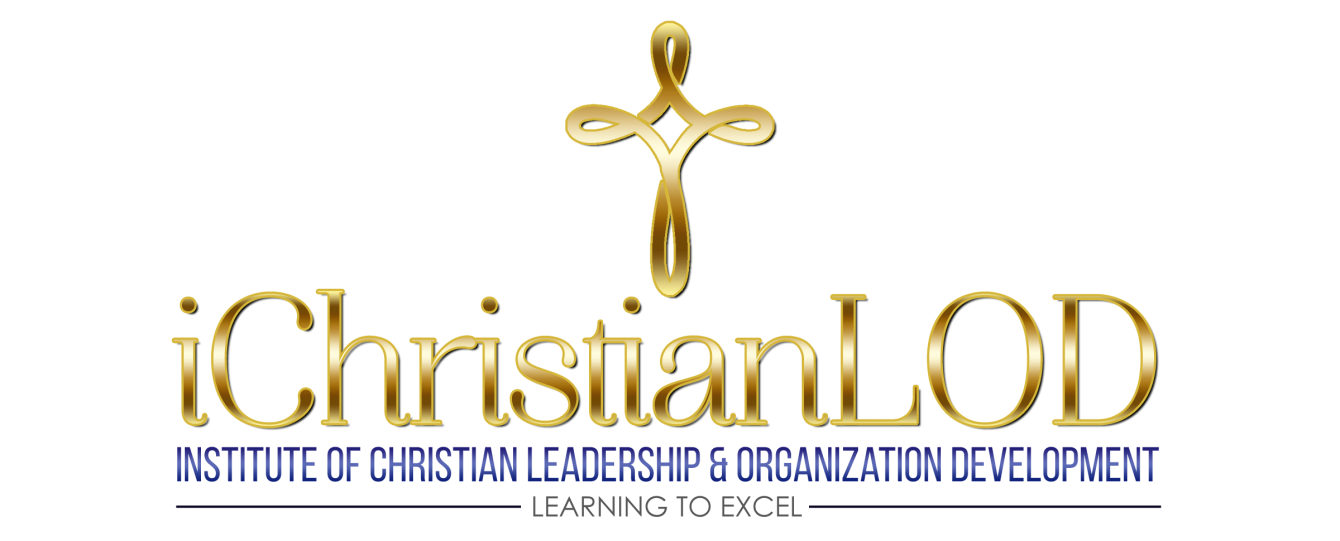Are You a Visual Learner, Auditory, Read/Write, or a Kinesthetic Learner?
Increase Your Ability to Learn, by Understanding How You Learn
With the new emphasis placed on learning, it is more important than ever to maximize your ability to learn. Learning is a complex task that involves many dimensions such as the concept of association, grouping related items; learning styles, which involves certain choices people make during the process of learning; learning strategies, techniques people use to help them learn; and perceptual preferences, which are the sensory channels that individual learners prefer to use in gathering in information (Werner, DeSimone, 2012).
The VARK Questionnaire
The VARK questionnaire is a one of the most recognized tools used for assisting learners in discovering their preferred sensory channel. VARK is an acronym that represents four primary sensory channels that learners use: visual, aural, read/write, and kinesthetic.
Visual (V) Learners. In the VARK model, V represents the visual channel. These are learners who prefer information to be presented using graphs, charts, and pictures. They prefer to have materials presented in a pictorial form as opposed to a textual form (Werner, DeSimone, 2012). O’Dowd (2007) excludes the use of videos, movies, and even PowerPoint from this channel (O’Dowd, 2007). LeFever (1995) describes Albert Einstein as a visual learner who had an extraordinary ability to construct complex card houses and manipulate intricate geometric diagrams, in spite of a disability with auditory learning (LeFever, 1995).
A training strategy design for visual learners would include an abundant use of charts, diagrams, and mindmaps since these learners think in pictures. Wherever possible, you would limit the use of words, transforming words into pictures or diagrams. Other useful techniques would include color-coding, flash cards, keywords, highlighting (O’Dowd, 2007).
Auditory (A) Learners. The A in the VARK model represents an aural or auditory preference. Auditory learners prefer to hear instructional materials. They learn by listening to verbal information. According to LeFever (1995), many auditory learners do not take notes because it distracts them from listening. They are completely tuned in to what is being said and how it is being said, using tone, pitch, and even speed in their learning process. When they read silently, they move their lips, mentally making the sounds that help their minds to respond and adjust to written material (LeFever, 1995). A training designed for auditory learners would include group discussions, study partners, lectures, and recordings such as audio books. These learners should be encouraged to record sessions, and the trainer should read much of the material out loud, especially reciting salient points in the lesson so these learners can connect (O’Dowd, 2007).
Read/Write (R) Learners. The Read/Write learner responds best to information that is text-based, and this includes all forms of reading and writing. They learn by using written words. They are note-takers and list makers. Trainings designed for these learners would include a lot of reading and writing. Instructor would do the exact opposite for the Read/Write learner as they would do for Visual learners. Instead of turning words into pictures, the instructor would turn pictures into words for Read/Write learners, reducing the amount of diagrams and charts. Other teaching strategies for these learners would include PowerPoint presentation, lists, dictionaries, handouts, and the Internet, which is reading intensive (O’Dowd, 2007).
Kinesthetic (K) Learners. LeFever (1995) describes those who prefer to learn by kinesthetic methods as learners who need movement in order to learn, excluding writing. They need to be actively involved in what they are learning (LeFever, 1995). O’Dowd (2007) describes these learners a little differently by stating that they must be connected to what they are learning, either by experience or some type of simulated practice (2007). They need an experiential connection to what they are learning.
The best learning strategies for kinesthetic learners involve using samples, laboratories, and field trips that are relevant to what is being taught. Creating opportunities for hands-on connections that emphasize touch, smell, taste, sight, and hearing help these learners stay engaged with the teaching. Using real life examples is also beneficial because it creates application to what is being taught (O’Dowd, 2007).
Conclusion
One method of maximizing the learning experience is to know the sensory channel a learner prefers to use in receiving information. Having this knowledge facilitates the ability to tailor training in a way that allows the trainee to get the most from the training experience. When trainers use sensory preferences, everyone wins. The instructor becomes a more effective teacher. The learner learns better, acquiring new knowledge that can be creatively applied to solve new problems. And the organization prospers, as the recipient of new innovative and creative problem solving from better trained employees.
References
LeFever, M.D. (1995). Learning styles reaching everyone god gave you to teach. David C.
Cook Publishing Co. Colorado Springs, Colorado.
O’Dowd, D. (2007). Activity: VARK learning styles. Retrieved on September 14, 2013, from the
HHMI-UCI Professor Program from www.researchandteaching.bio.uci.edu/…/
Activity%20VARK%20Learning%20Styles.pdf
Werner, J.M., DeSimone, R.L. (20112). Human resource development, sixth edition. Southwest
Cengage Learning. Printed in the United States.


I love reading your articles so much! I am hooked, you put so much detail and effort into your work Diana! I would love to post some of your articles on my site sometime!
-Michael Dooley
leaderdevelopmentblog.com
That you so much, Michael, for being such an encouragement! I’ve been very inspired by your writings and words — and I’m learning a lot from you. A thousand thank yous. I would be very honored to have my work posted on your site.
I discuss learning styles with leaders when they come on development workshops with me, to help both themselves and their teams. I readily use the VARK questionnaire and I know it is one they take back and use with the team. Thank you for the extra references below – some more reading for me to look into.